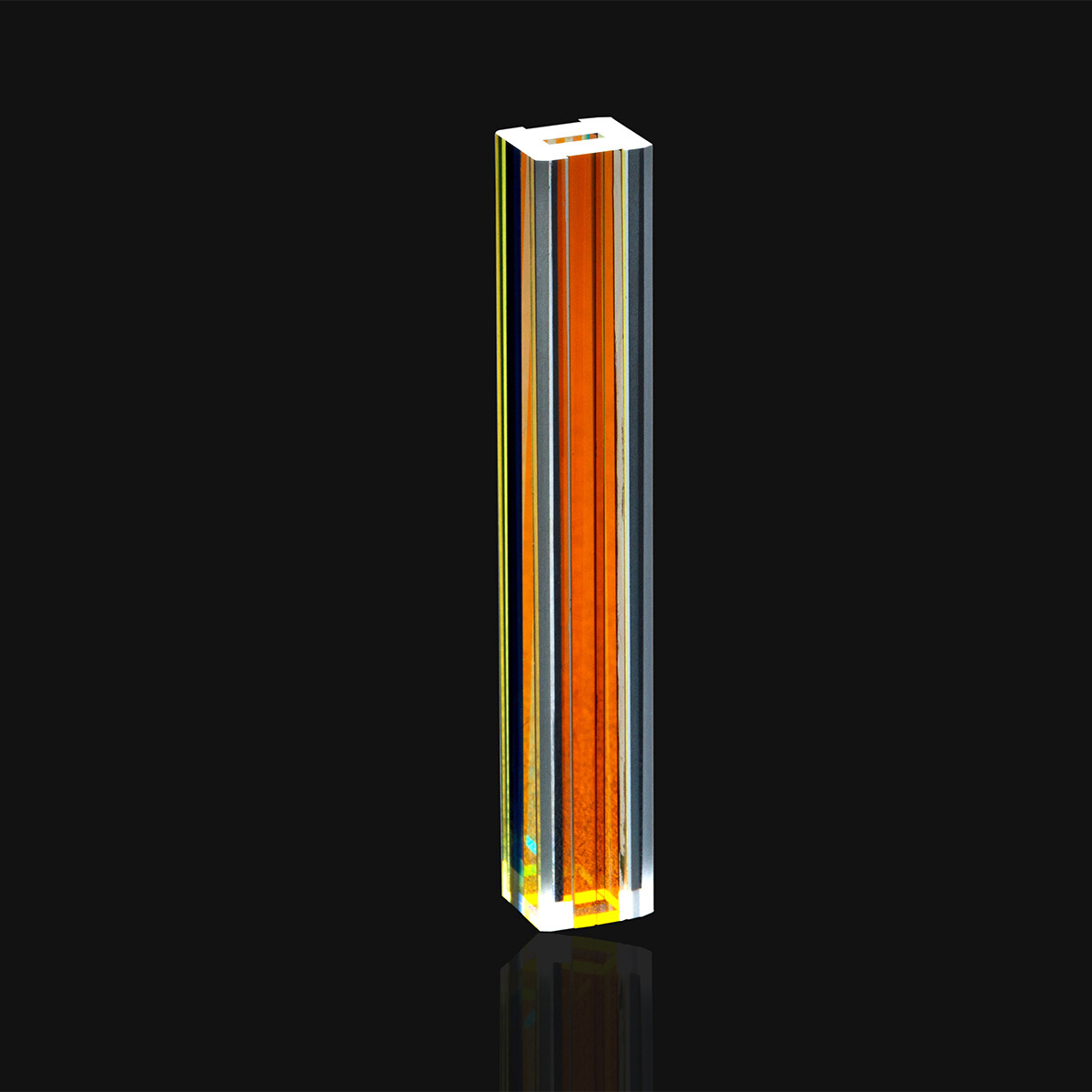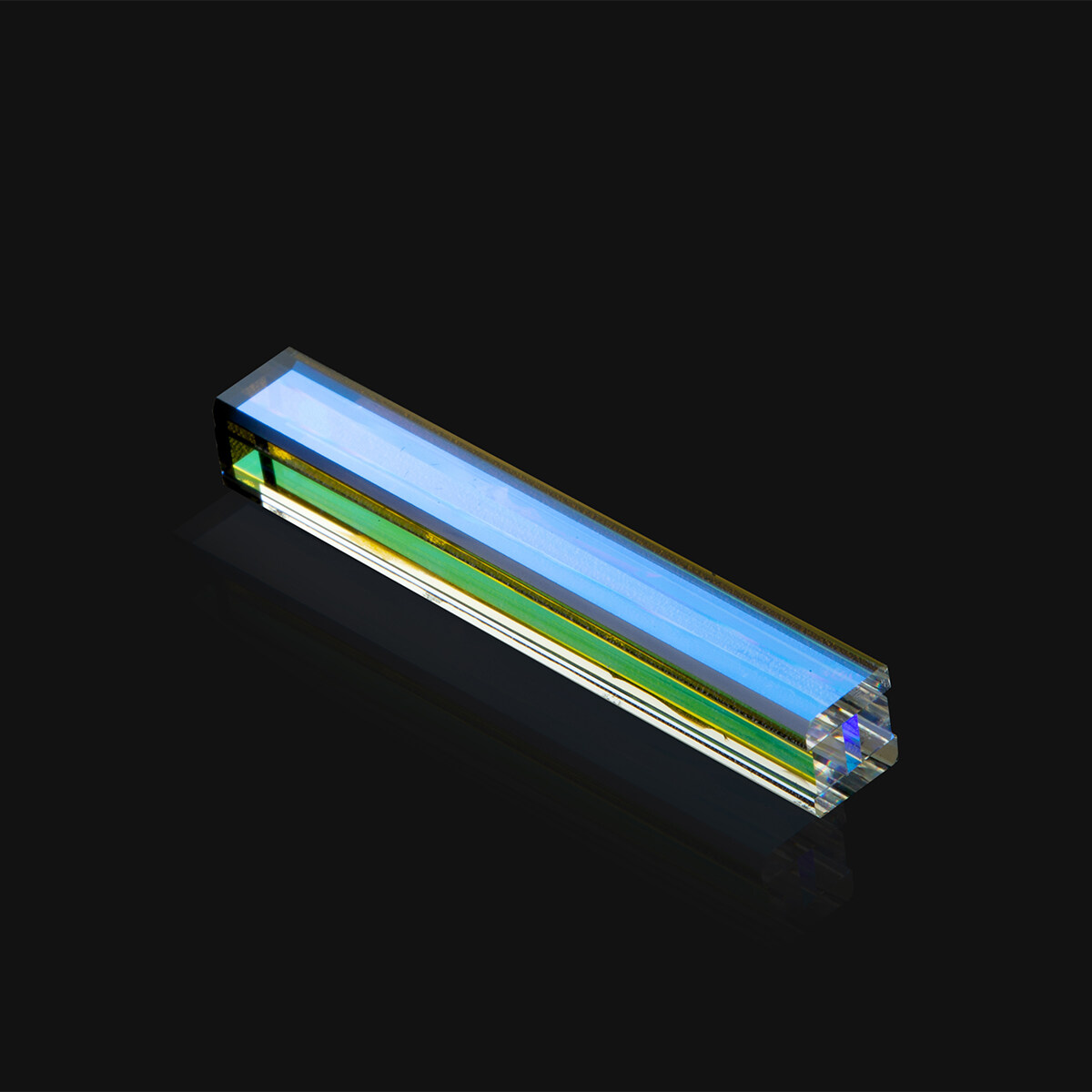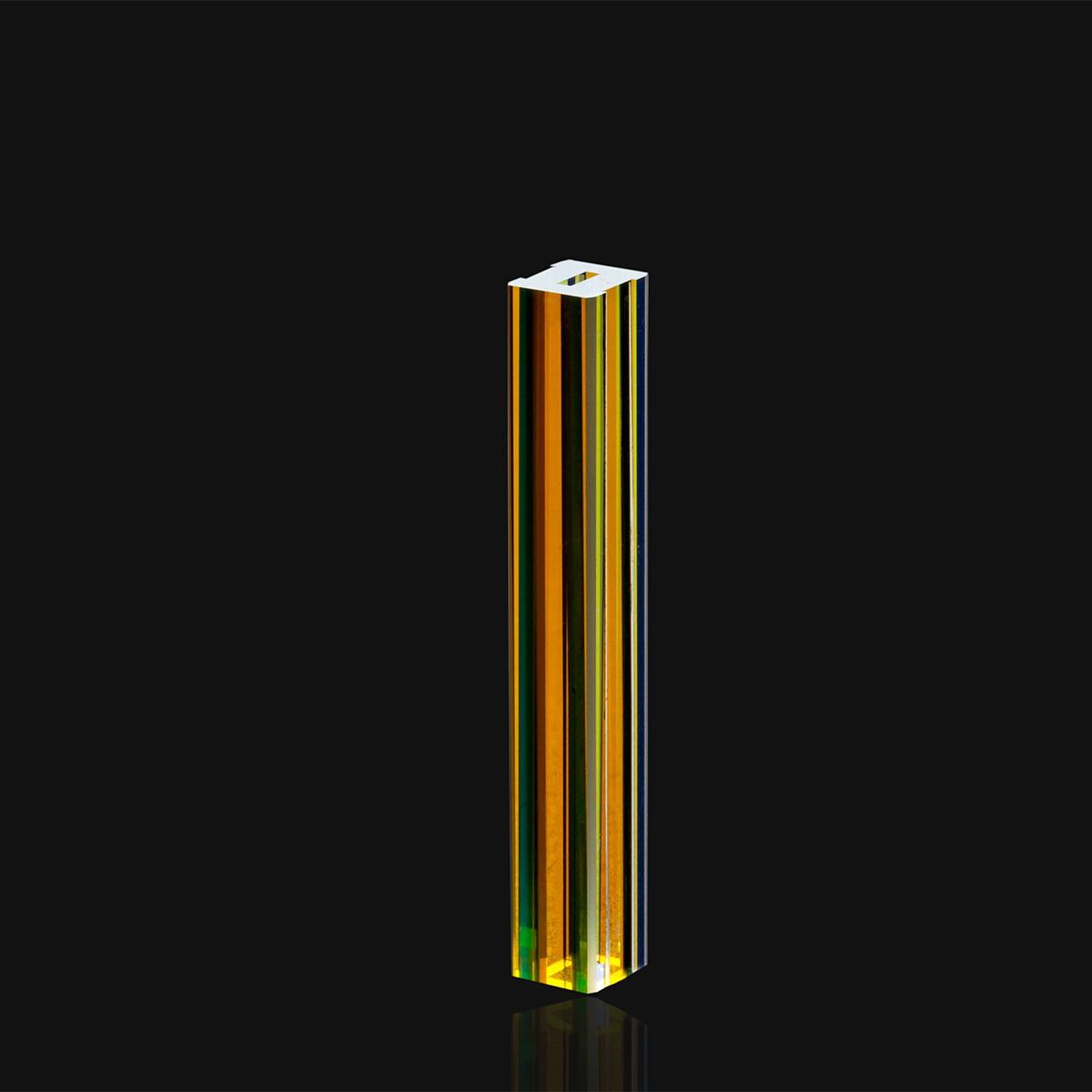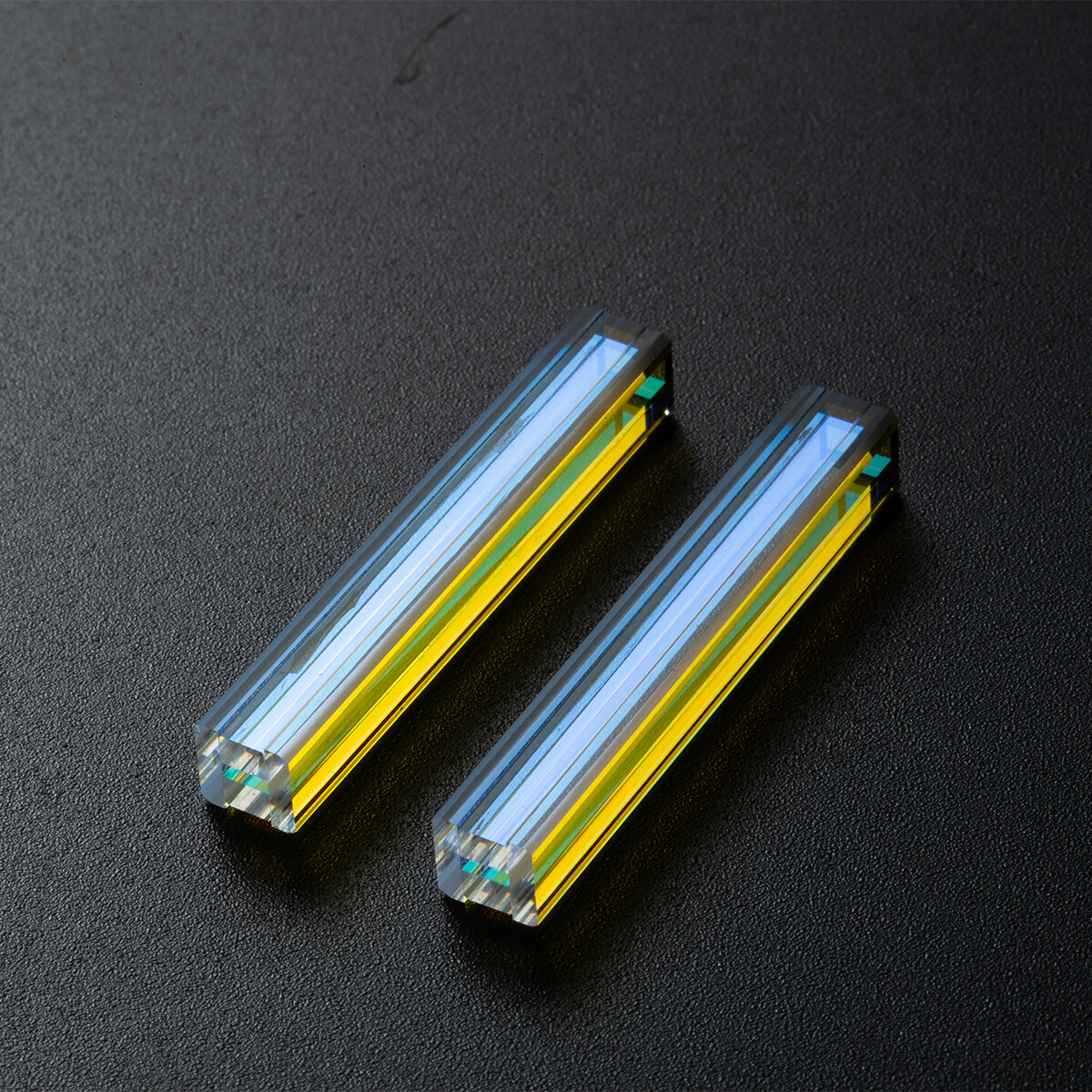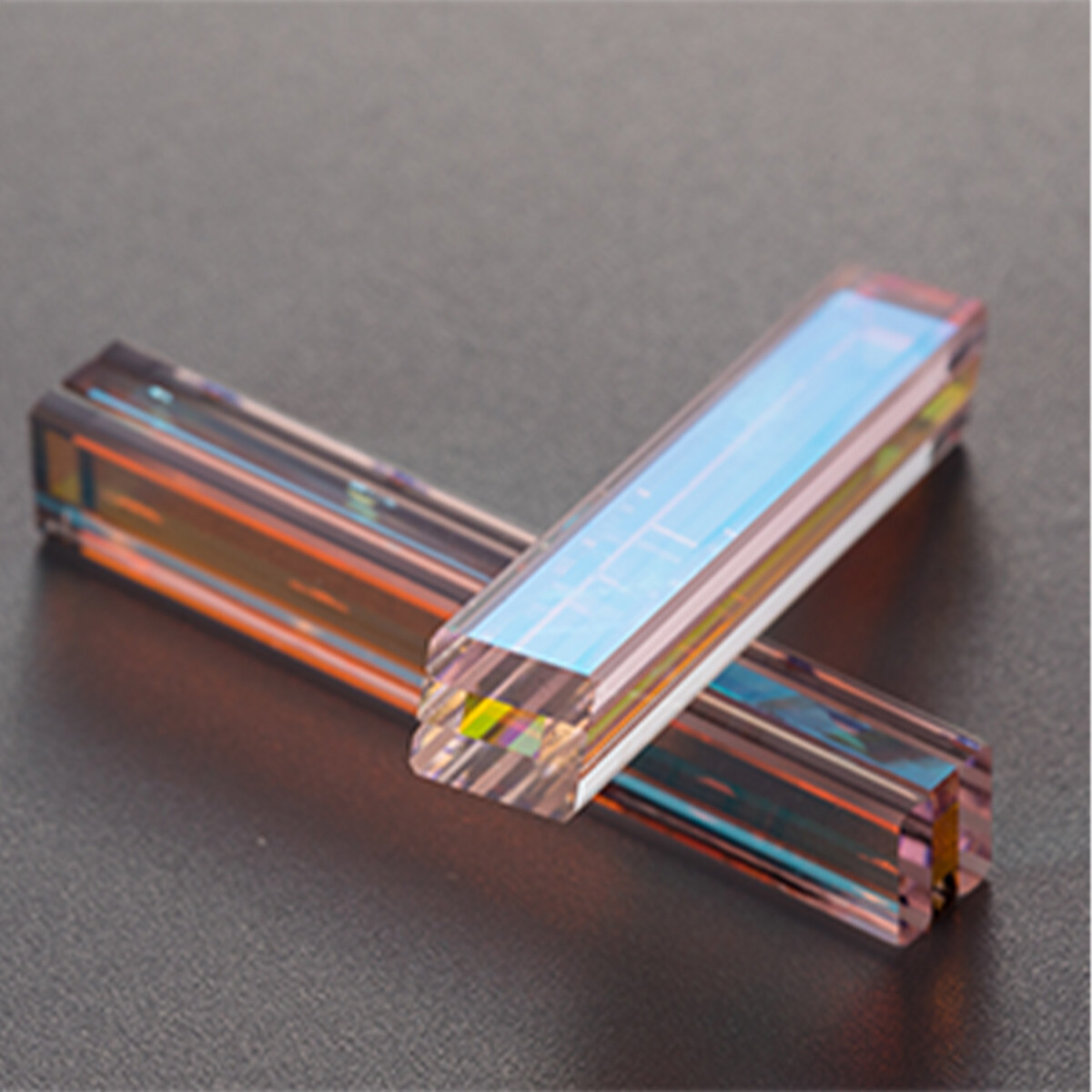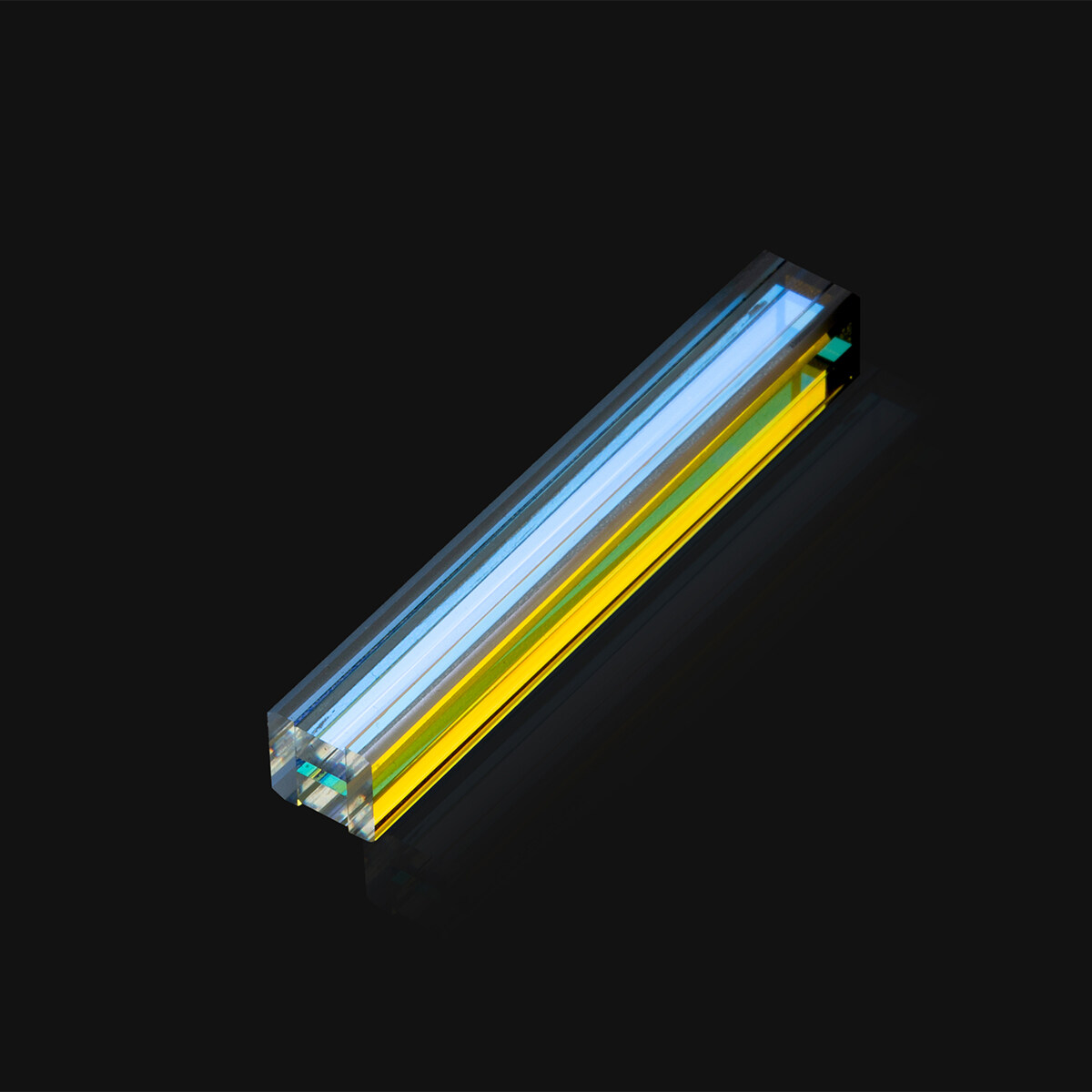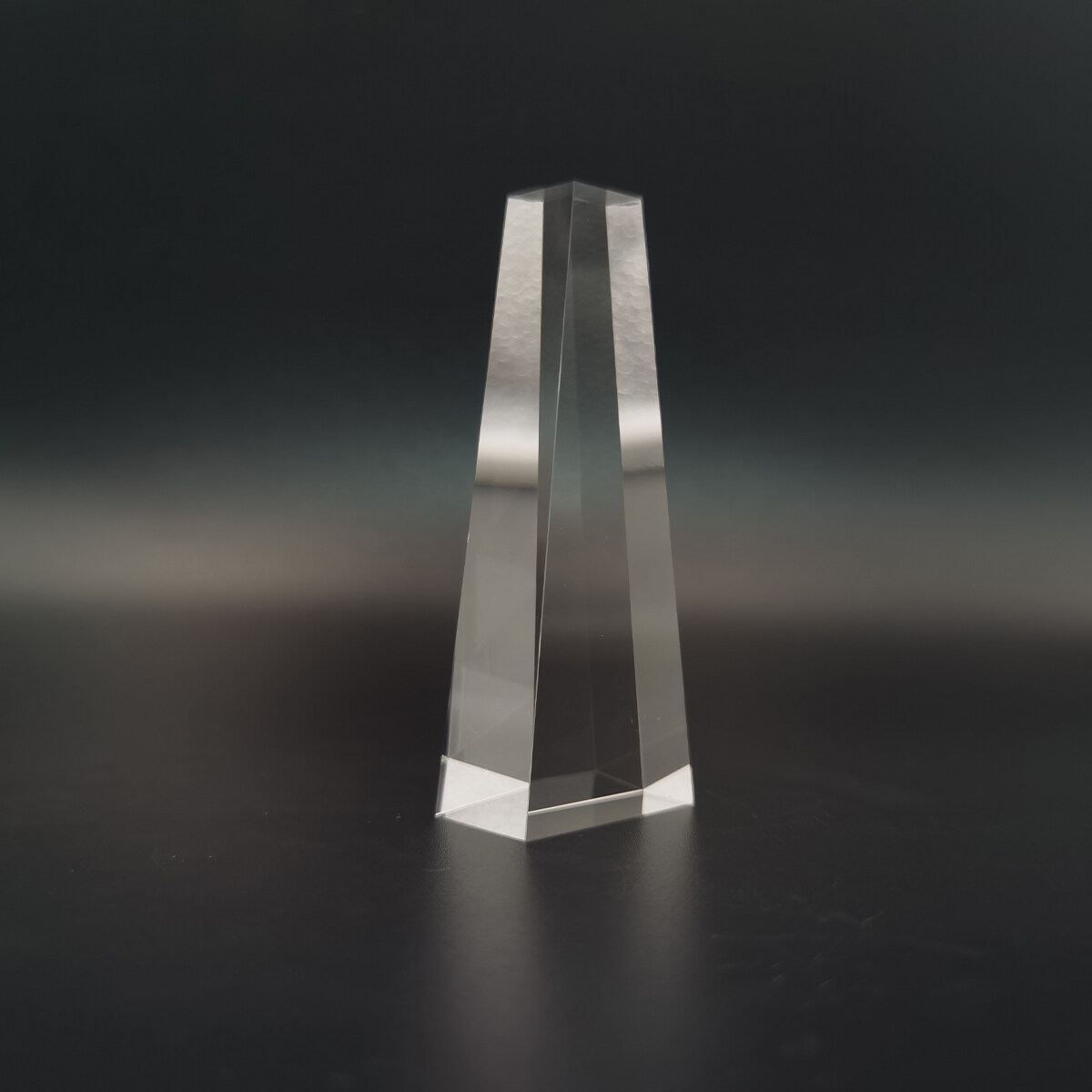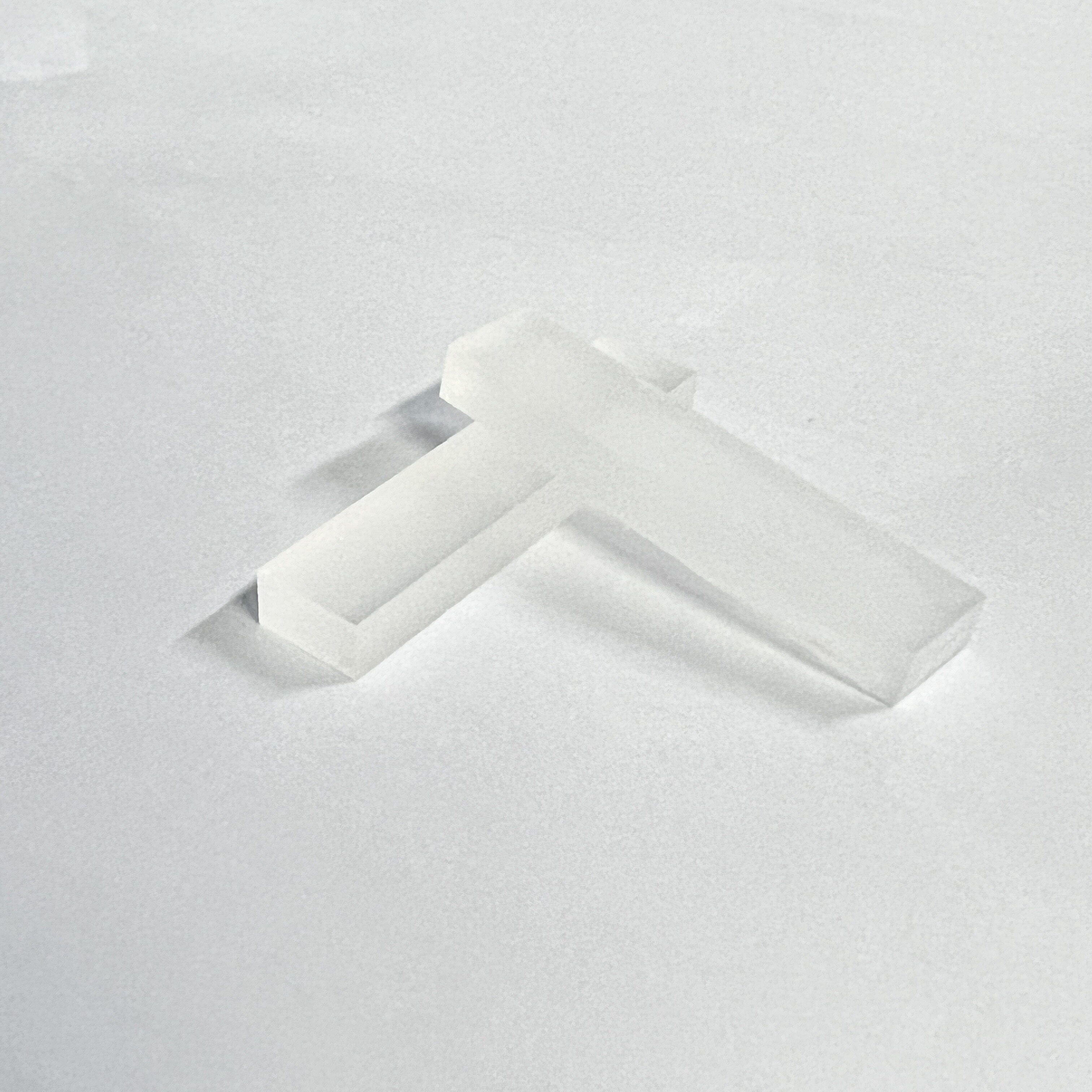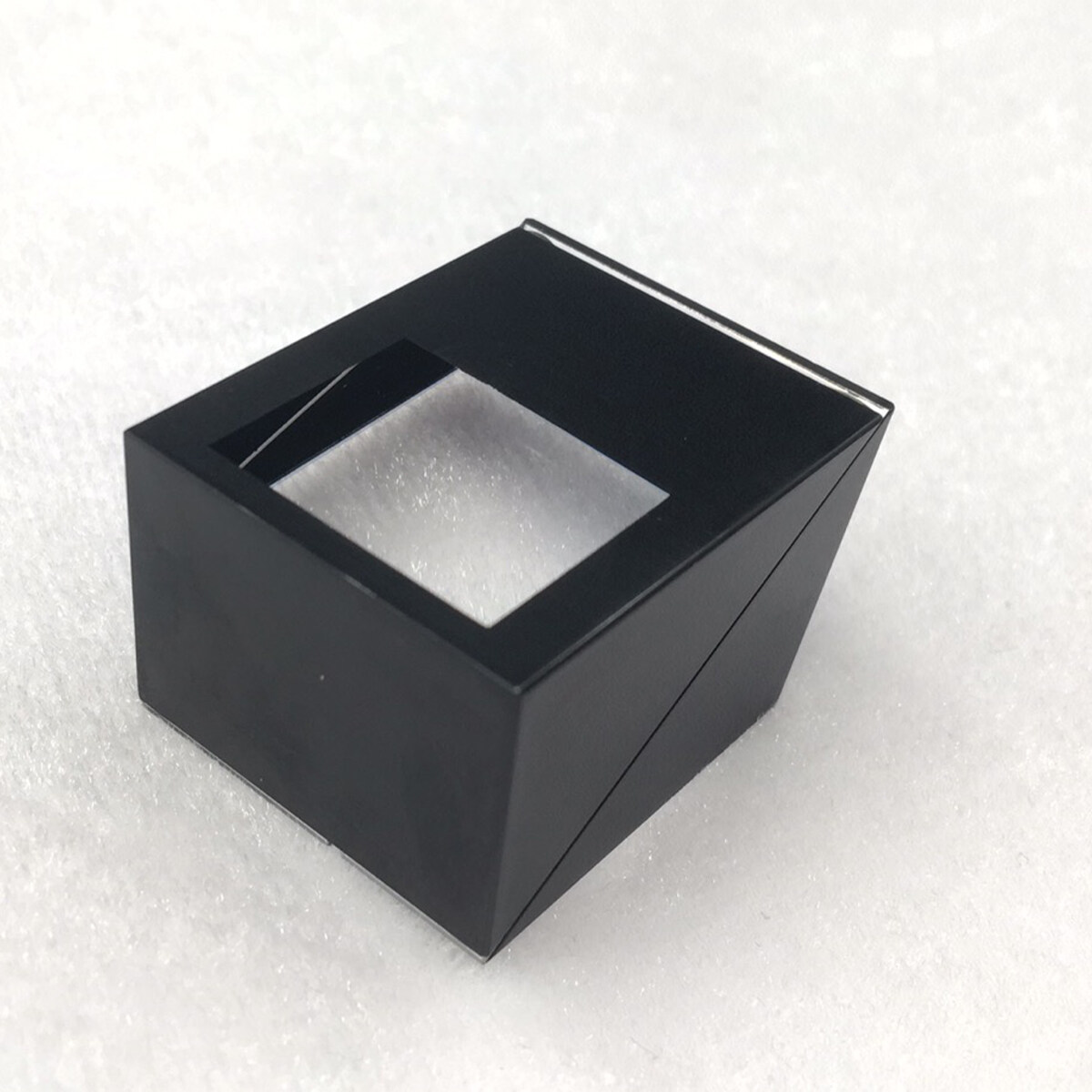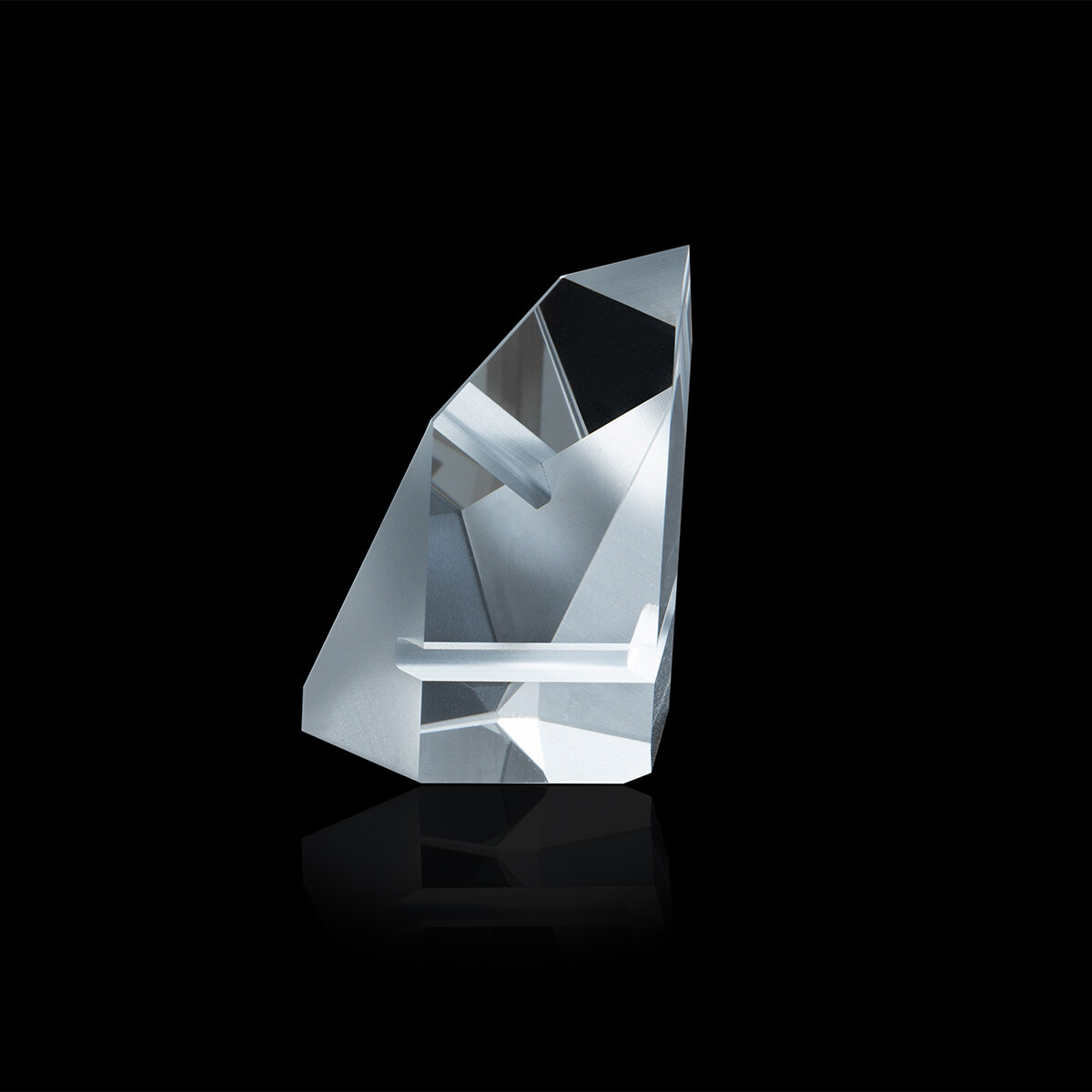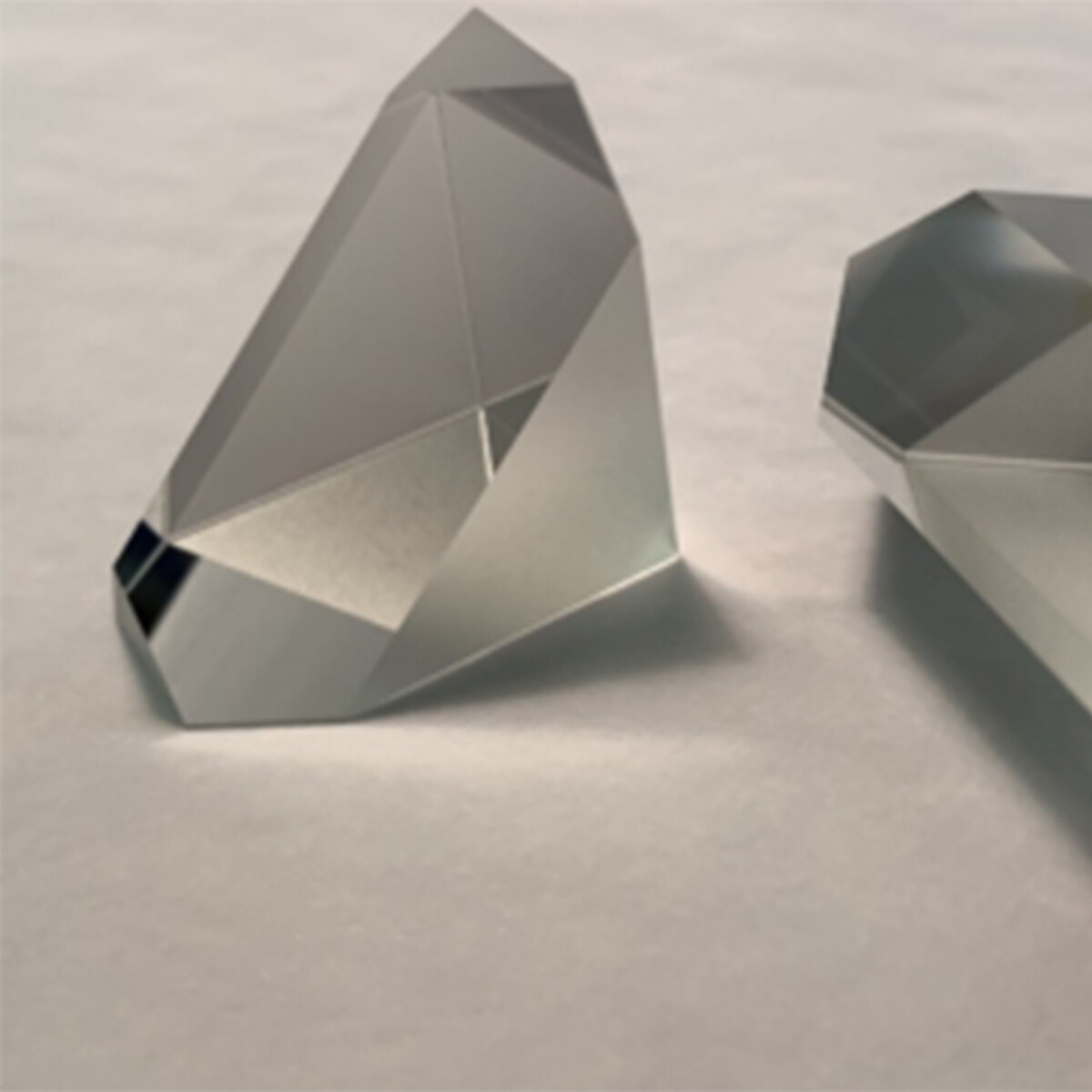Email format error
Email cannot be empty
Email already exists
6-20 characters(letters plus numbers only)
The password is inconsistent
Email format error
Email cannot be empty
Email does not exist
6-20 characters(letters plus numbers only)
The password is inconsistent

Light Bar Prism
China's famous high-quality optical wedge prism manufacturer. We offer a high-quality range of optical glass for your wedge prism. We provide professional service and preferential prices!
What is prism illumination?
Prism illumination uses prisms to improve the distribution of light in space. It is usually used to distribute sunlight and is a form of soft light illumination.
From the 1890s to the 1930s, prism lighting has been very popular. At that time, cheap electric lamps were popularized, and prism lighting became unpopular. Mass production of prismatic lighting systems ended around 1940 and witnessed a renaissance in the use of new materials in the 2010s.
Working principle of prism illumination
The response of the human eye to light is nonlinear: halving the light level does not halve the perceived brightness of space, but makes it look only slightly dim. If the light is redistributed from the brightest part of the room to the darkest part, the room will appear brighter as a whole and can provide a useful and comfortable lighting level for a larger space. This can reduce the need for artificial lighting.
Refraction and total internal reflection of the internal optical prism can bend the beam. This bending of light allows it to be redistributed.
Type of prism illumination
The deck prism passes light through the upper deck of the ship and spreads to the lower deck. Similarly, on land, prisms on sidewalks are used to illuminate basements and basements.
Prismatic bricks are used vertically and are usually used as crossbeam lights above windows or doors. They are also built into fixed and movable roofs, tilting glass windows, and skylights. They bend the light upward, allowing it to penetrate deeper into the room, rather than illuminating the floor near the window.
Modern prismatic panels are essentially acrylic versions of old glass prismatic bricks. Like glass bricks, they can be installed on the adjustable roof. The channel panel uses slits that reflect light internally. Holographic optical elements can also be used to redirect light.
Daylight redirection window film (DRF) is a thin, soft, adhesive sheet whose optical layer is usually made of acrylic acid. There are two types of film. Some films are molded from tiny prisms, thus forming a flexible and adhesive micro prism panel. Other films are molded with nearly horizontal cavities, which extend into or through acrylic acid; The light reflected from the gap hits its top surface upward. Minimize refraction and avoid shading light. Reflection-based films are more transparent (all translucent), but they tend to cast light on the ceiling rather than entering the room deeper. The film based on refraction is translucent rather than transparent, but it can better control the direction of the outgoing beam. The film can be made into various prism shapes to refract the light at various angles.
Production and repair of prism lighting
Older glass components are cast and may be cut and polished. Prism bricks are usually made of single prisms and combined with zinc, lead, or electrically glazed copper strips (similar to the method used to connect traditional European stained glass). The sidewalk prism is cast into a single prism or a multi-prism lens and inserted into the load-bearing frame. The solar redirection film is made of acrylic acid.
Damaged prismatic bricks may be repaired, and due to the standard design, the substitute market is very popular. The replacement of one-piece castings can be debugged. Weakened prism bricks may be reinforced with hidden steel bars, just like those used to reinforce the stained glass.



